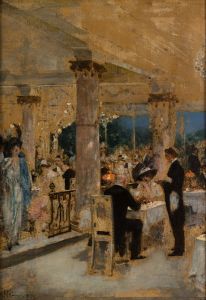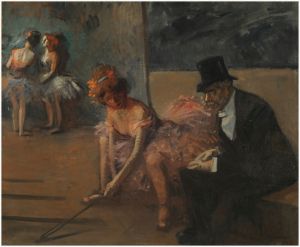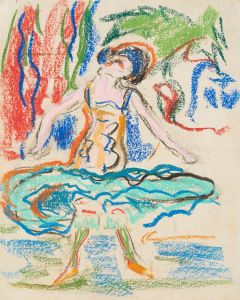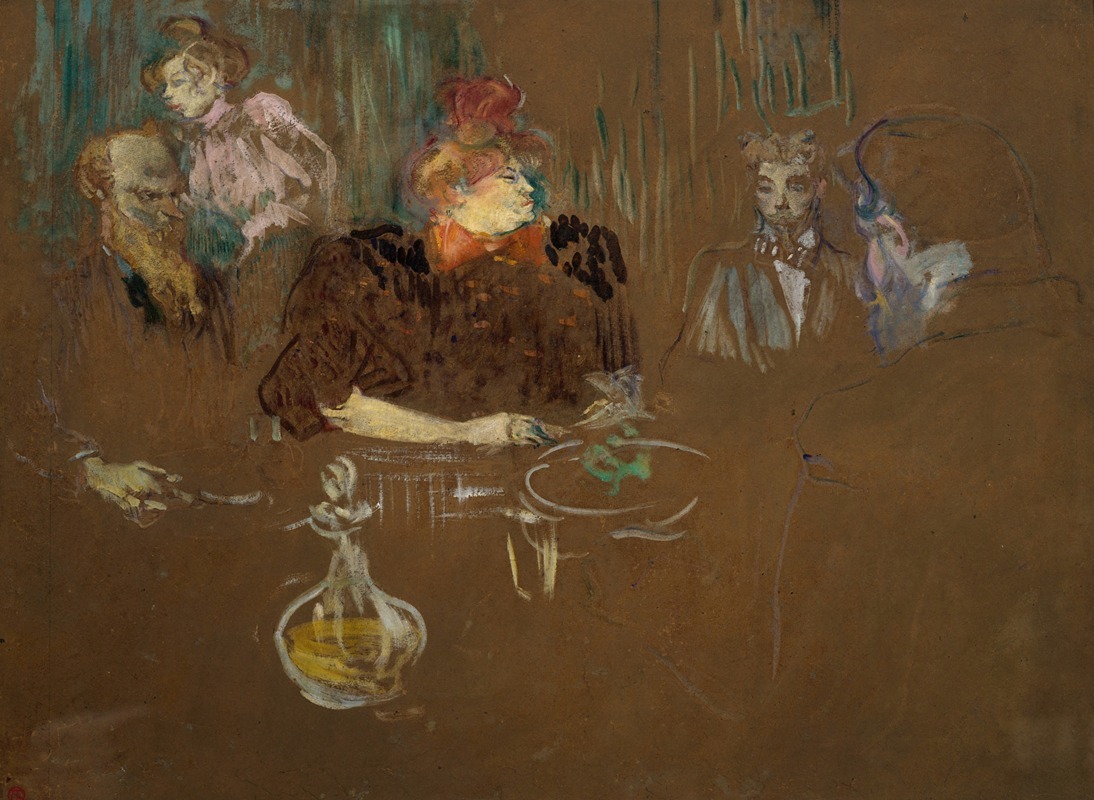
At the Table of Monsieur and Madame Natanson
A hand-painted replica of Henri de Toulouse-Lautrec’s masterpiece At the Table of Monsieur and Madame Natanson, meticulously crafted by professional artists to capture the true essence of the original. Each piece is created with museum-quality canvas and rare mineral pigments, carefully painted by experienced artists with delicate brushstrokes and rich, layered colors to perfectly recreate the texture of the original artwork. Unlike machine-printed reproductions, this hand-painted version brings the painting to life, infused with the artist’s emotions and skill in every stroke. Whether for personal collection or home decoration, it instantly elevates the artistic atmosphere of any space.
Henri de Toulouse-Lautrec's painting At the Table of Monsieur and Madame Natanson is a work created by the renowned French Post-Impressionist artist. Toulouse-Lautrec, known for his depictions of Parisian nightlife and his innovative approach to composition and color, painted this piece in the late 19th century. The artwork portrays Thadée Natanson and his wife, Misia Natanson, seated at a table. The Natansons were prominent figures in the Parisian cultural and artistic circles of the time and were closely associated with the avant-garde movements of the late 19th and early 20th centuries.
Thadée Natanson was a journalist and the co-founder of La Revue Blanche, an influential literary and artistic magazine that played a significant role in promoting modern art and literature. Misia Natanson, a pianist and muse, was a central figure in the artistic community and inspired numerous artists, writers, and composers of the era. The couple's home served as a gathering place for intellectuals and artists, including Toulouse-Lautrec, who was a frequent visitor.
The painting reflects Toulouse-Lautrec's characteristic style, with its loose brushwork, bold use of color, and keen observation of human expression and interaction. The composition captures an intimate moment, emphasizing the personalities of the sitters rather than focusing on elaborate details or backgrounds. Toulouse-Lautrec's ability to convey the essence of his subjects with economy and precision is evident in this work.
While the exact date of the painting's creation is not definitively documented, it is believed to have been produced during the 1890s, a period when Toulouse-Lautrec was at the height of his artistic career. This was also a time when he was deeply engaged with the Parisian bohemian lifestyle, which provided much of the inspiration for his art.
The painting is notable for its historical and cultural significance, as it offers a glimpse into the lives of two influential figures of the Belle Époque and highlights Toulouse-Lautrec's connections to the intellectual and artistic elite of his time. The work is also an example of the artist's ability to blend portraiture with a sense of narrative, capturing not just the physical likeness of his subjects but also the atmosphere of their world.
Further details about the painting's current location or provenance are not widely documented.





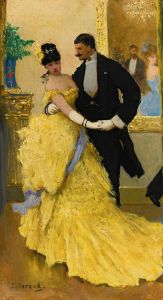

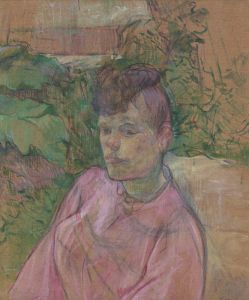
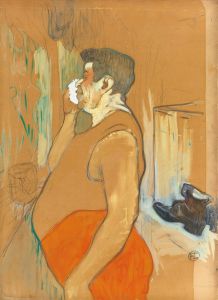
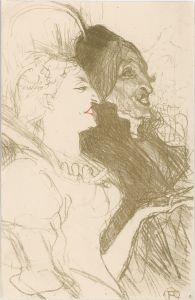
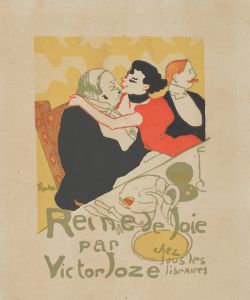
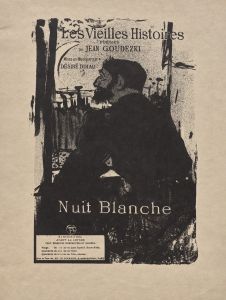

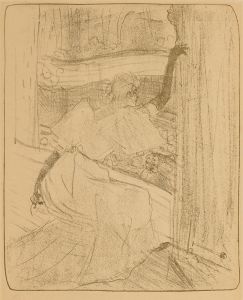
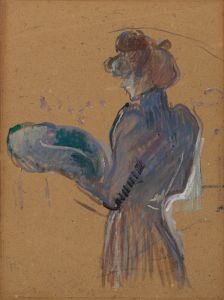
![Design for unidentified restaurant, possibly Dunhall’s Restaurant, New York, NY.] [Mural of masks and dancing figures](/imgs/249302/s/winold-reiss-design-for-unidentified-restaurant-possibly-dunhalls-restaurant-new-york-ny-mural-of-masks-and-dancing-figures-2b52066c.jpg)
